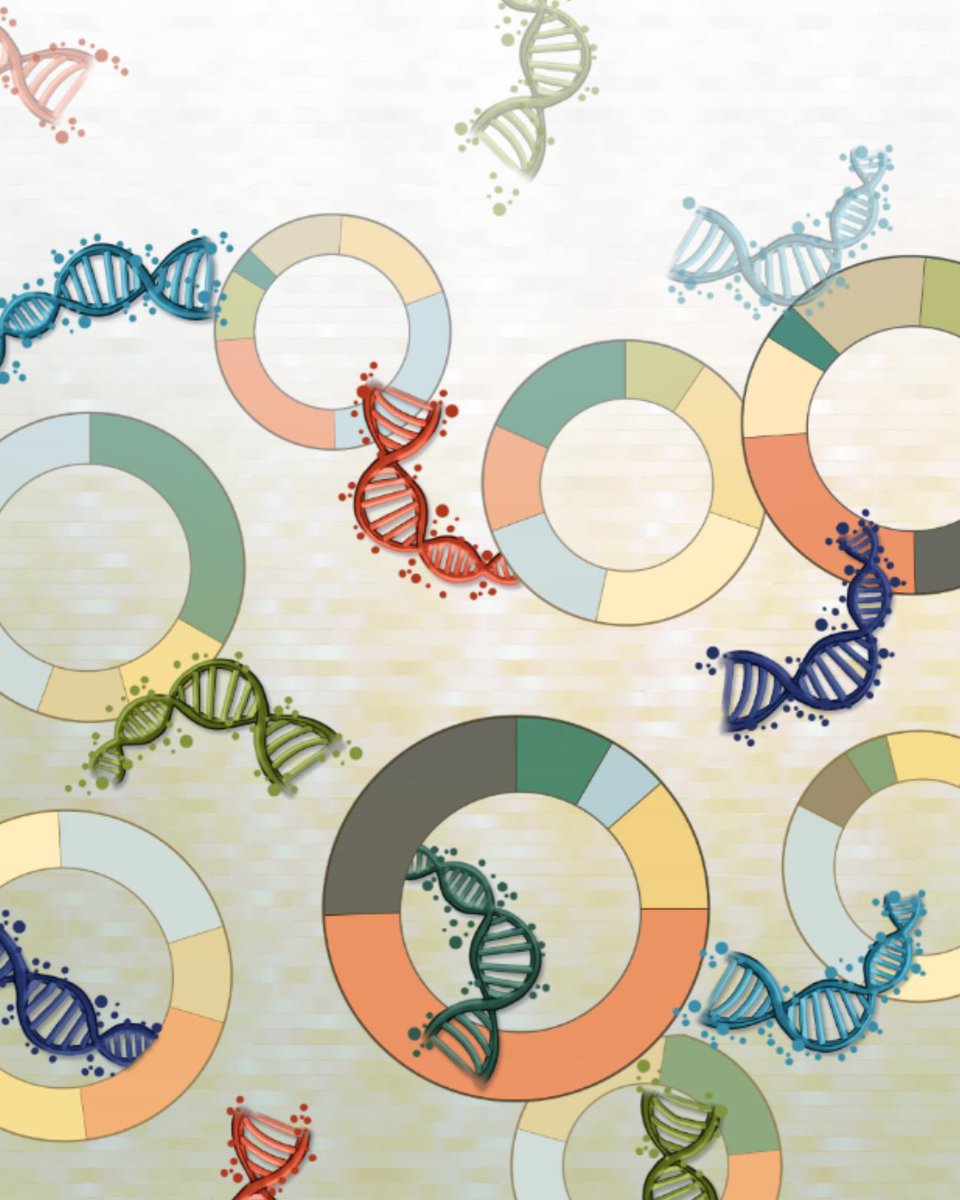
Sajid Marhon
@sajidmarhon
Bioinformatics Scientific Associate at the Princess Margaret Cancer Centre, University Health Network. @DeCarvalho_Lab @UHN @pmcancercentre
ID: 1113622431946674178
04-04-2019 02:00:52
53 Tweet
60 Takipçi
74 Takip Edilen

Happy to publish this opinion/review where we argue that endogenous retroelements act as a 'fire alarm' for disruptions to several cellular processes such as heterochromatin, splicing, RNA editing, among others. great work by Håvard T. Lindholm and Raymond Chen sciencedirect.com/science/articl…
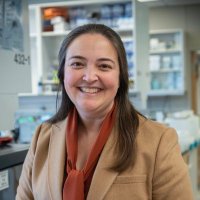
Excited to share that LINE-1-encoded ORF1p, our "hallmark of cancer" is detectable in the peripheral blood. 🩸 A brilliant collaboration with the Walt lab Wyss Institute Brigham and Women's Pathology and many generous colleagues Mass General Cancer Center Dana-Farber. biorxiv.org/cgi/content/sh…
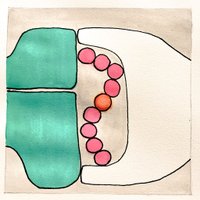
Its #TransposonThursday! Sharing our newest preprint on context dependent mechanisms by which cancer cells co-evolve with retrotransposons (LINE1 and SINEs) to mitigate viral mimicry. A #TeamScience effort led by our postdoc Siyu Sun The Halvorsen Center for Computational Oncology 👇👇👇 biorxiv.org/content/10.110…

The work was led with Alexander Solovyov Memorial Sloan Kettering Cancer Center - many thanks to our great colleagues including David Ting Chris Iacobuzio Kal Tsanov Lowe Lab Andrea Di Gioacchino Sajid Marhon Nicolas Vabret @macro_momo David Hoyos !

Delight to share our new preprint on investigating the role of retrotransposable elements in cancer evolution. MANY thanks to our wonderful across institutions/countries collaborators Christine Iacobuzio Donahue David Ting Kal Tsanov Nicolas Vabret Andrea Di Gioacchino Sajid Marhon …..

If you have an interest in applying cancer epigenetics approaches to explore how repetitive elements promote ovarian cancer initiation, join our team as a postdoctoral fellow at the MD Anderson Cancer Center Cancer Center: jobs.mdanderson.org/search/jobdeta… Please share widely. Thank you!

Excited to share our most recent work! Thanks to Amir Hosseini, Raymond Chen, Daniel De Carvalho and the other co-authors for the great collaboration.


In vivo CRISPR screen of Epigenetic regulators identity therapeutic targets that rely on tumor microenvironment - our recent work is out at Nature Genetics nature.com/articles/s4158… Great teamwork Ming Sound Tsao Daniel Schramek Daniel De Carvalho DavidBrooksLab Kura Oncology and many others
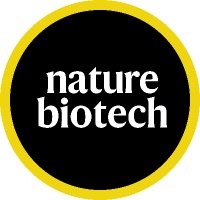

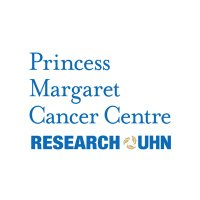
Cancer cells in viral disguise🦠 In certain childhood cancers affecting the brain and spinal cord, a novel treatment can amplify virus-like features in tumour cells, triggering immune responses to control the cancer. Discovery by Daniel De Carvalho University Health Network. doi.org/10.1038/s41467…


Now online in Cancer Discovery: Chronic #ViralMimicry Induction Following #p53 Loss Promotes Immune Evasion - by Charles Ishak Sajid Marhon @DeCarvalho_Lab and colleagues doi.org/10.1158/2159-8… University Health Network Princess Margaret Cancer Centre MD Anderson Cancer Center
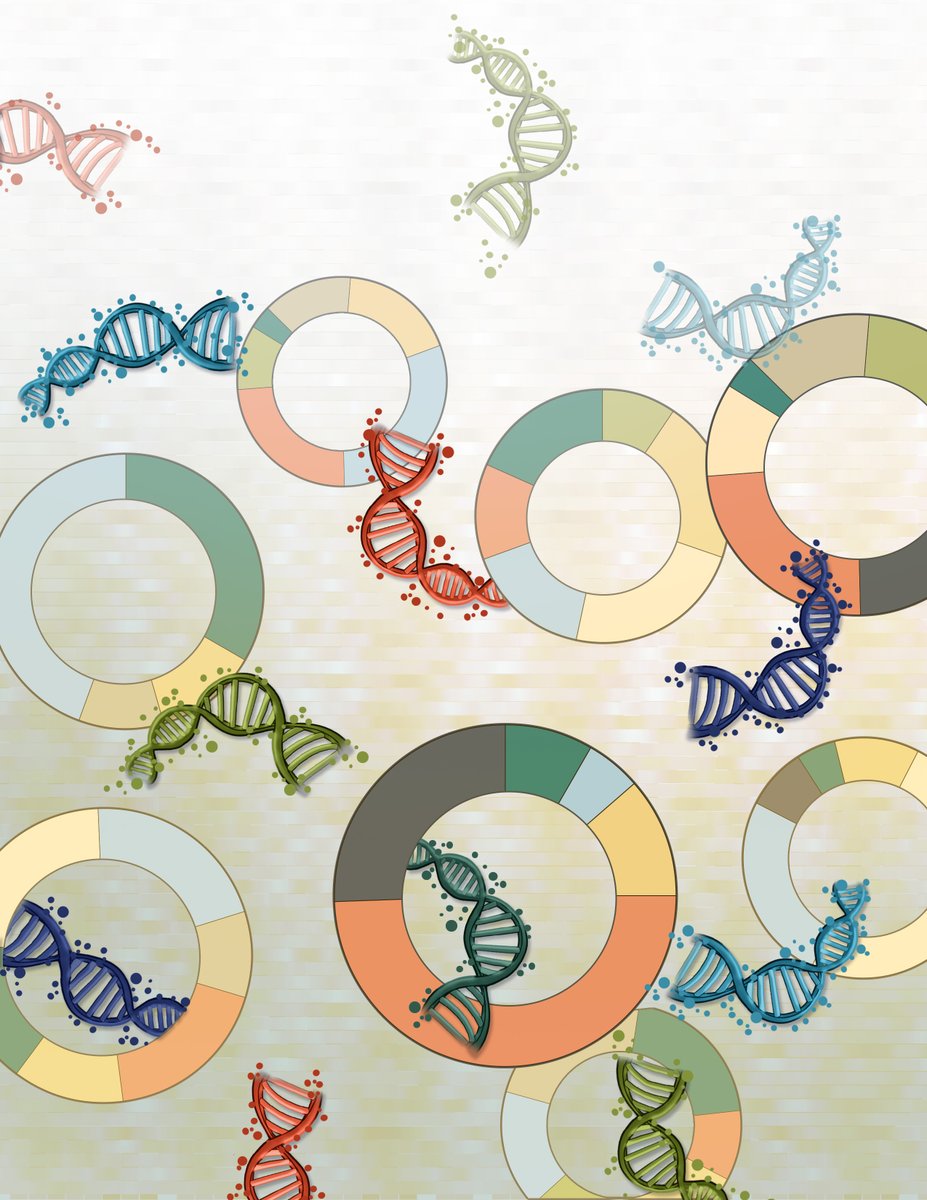

Our recent work on Viral mimicry escape in Ovarian Cancer is out at Cancer Discovery Cancer Discovery. aacrjournals.org/cancerdiscover…

Thank you to Daniel De Carvalho and Sajid Marhon for their leadership on this study, and all team members who made this study possible! This study represents an exciting new direction towards understanding how dsRNAs promote tumorigenesis. We're excited to expand further!

Scientists Princess Margaret Cancer Centre Research have uncovered how cancer can evade immune defenses after losing a key tumour-suppressing gene. These findings implicate repetitive elements in DNA and may unlock new targets for cancer interception. Read more ➡️ uhnresearch.ca/news/new-links…
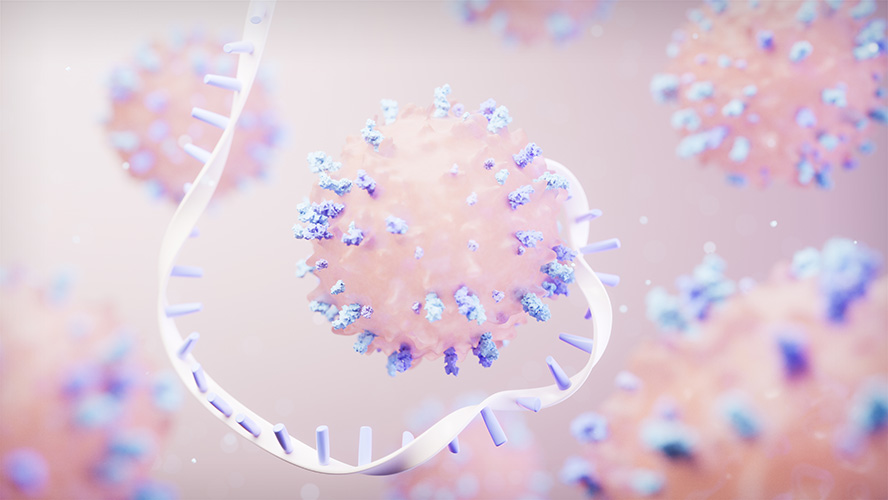

New Links: Cancer and Immune Evasion🧬 Recent study found that cancer cells without the tumour suppressor protein p53 become more resistant to the body's immune response. A study led by Daniel De Carvalho at University Health Network’s Princess Margaret Cancer Centre. uhnresearch.ca/news/new-links…; doi.org/10.1158/2159-8…

Scientists at UHN's Princess Margaret Cancer Centre have found that certain repetitive elements in DNA contribute to cancer initiation by evading immune defences.🧬 These findings could lead to more effective treatment and interception strategies. Read more: bit.ly/4jeR71D


From the April issue: Chronic #ViralMimicry Induction Following #p53 Loss Promotes Immune Evasion brnw.ch/21wRRjh By Charles Ishak Sajid Marhon @DeCarvalho_Lab and colleagues University Health Network Princess Margaret Cancer Centre MD Anderson Cancer Center
